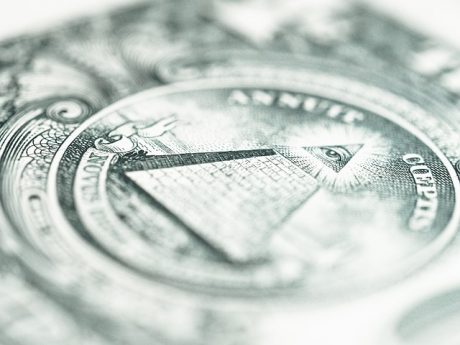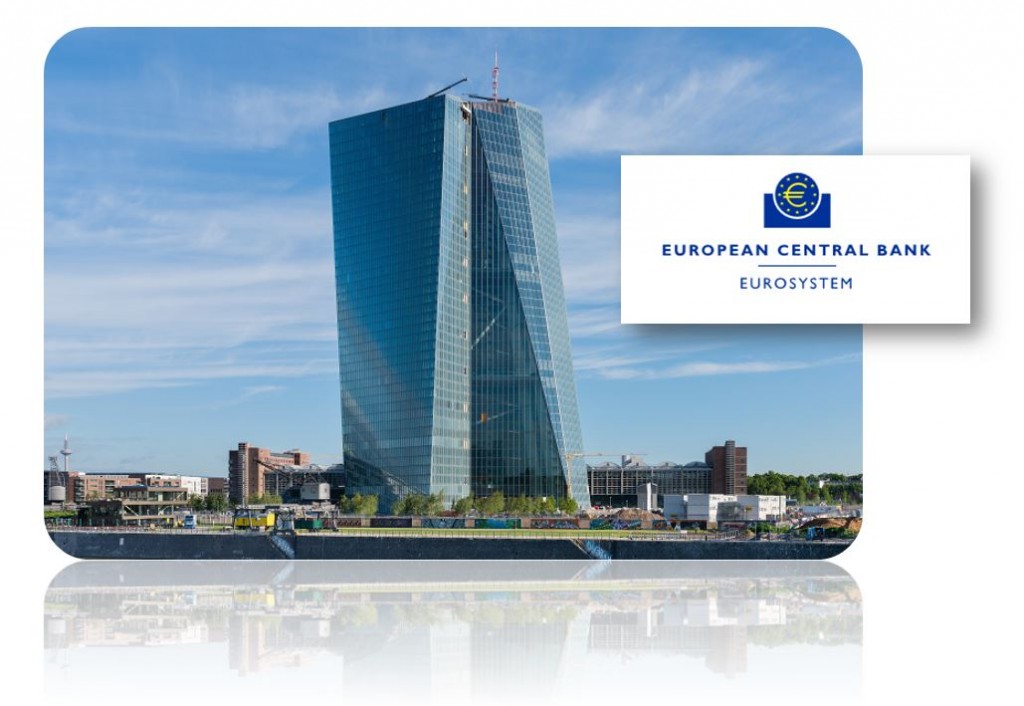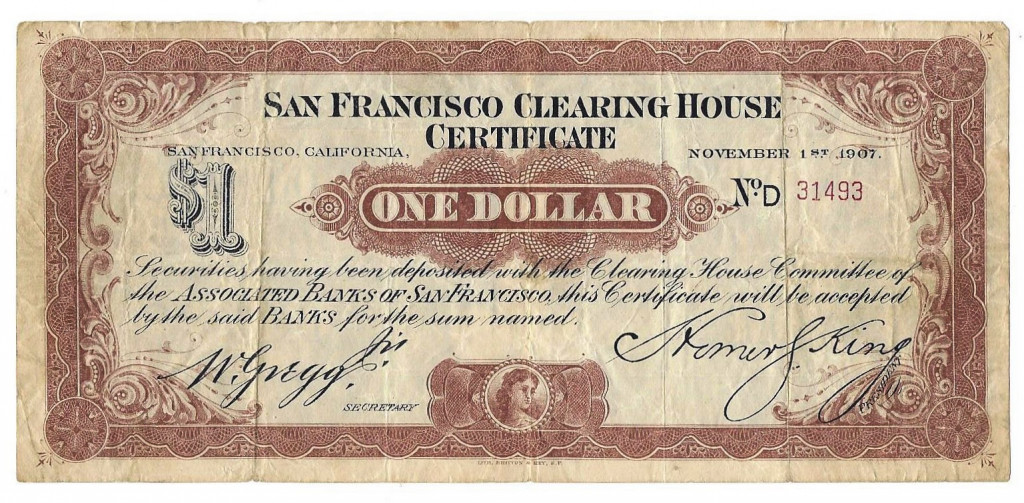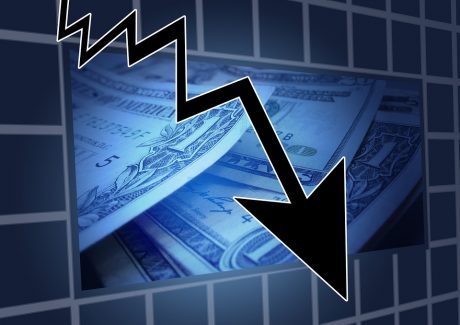 Even though the nations of the world are very deeply divided on almost everything else, somehow virtually all of them have been convinced that central banking is the way to go. Today, less than 0.1% of the population of the world lives in a country that does not have a central bank. Do you think that there is any possible way that this is a coincidence? And it is also not a coincidence that we are now facing the greatest debt bubble in the history of the world. In Part I of this series, I discussed the fact that total global debt has reached 217 trillion dollars. Once you understand that central banks are designed to create endless debt, and once you understand that 99.9% of the global population lives in a country that has a central bank, then it finally makes sense why we have accumulated so much debt. The elite of the world use debt as a tool of enslavement, and central banking has allowed them to literally enslave the entire planet.
Even though the nations of the world are very deeply divided on almost everything else, somehow virtually all of them have been convinced that central banking is the way to go. Today, less than 0.1% of the population of the world lives in a country that does not have a central bank. Do you think that there is any possible way that this is a coincidence? And it is also not a coincidence that we are now facing the greatest debt bubble in the history of the world. In Part I of this series, I discussed the fact that total global debt has reached 217 trillion dollars. Once you understand that central banks are designed to create endless debt, and once you understand that 99.9% of the global population lives in a country that has a central bank, then it finally makes sense why we have accumulated so much debt. The elite of the world use debt as a tool of enslavement, and central banking has allowed them to literally enslave the entire planet.
Some of you may not be familiar with how a “central bank” differs from a normal bank. The following definition of a “central bank” comes from Wikipedia…
A central bank, reserve bank, or monetary authority is an institution that manages a state’s currency, money supply, and interest rates. Central banks also usually oversee the commercial banking system of their respective countries. In contrast to a commercial bank, a central bank possesses a monopoly on increasing the monetary base in the state, and usually also prints the national currency,[1] which usually serves as the state’s legal tender.
…click on the above link to read the rest of the article…





 Now here is something all those “Great Depression experts” always neglect to mention: the Fed’s holdings of government securities expanded my more than 400% between late 1929 and early 1933. Friedman’s often repeated assertion that the Fed “didn’t pump enough” in the early 1930s – which is held up as the gospel truth by nearly everyone – is simply untrue. It is true that the money supply collapsed anyway – but not because the Fed didn’t try to pump it up.
Now here is something all those “Great Depression experts” always neglect to mention: the Fed’s holdings of government securities expanded my more than 400% between late 1929 and early 1933. Friedman’s often repeated assertion that the Fed “didn’t pump enough” in the early 1930s – which is held up as the gospel truth by nearly everyone – is simply untrue. It is true that the money supply collapsed anyway – but not because the Fed didn’t try to pump it up.


 What you see in the media is mostly “fake news.”
What you see in the media is mostly “fake news.”
 One of our longtime friends in Japan just sold the family business. The writing was on the wall, and had been for the past decade: fewer customers, with less money, and no end of competition for the shrinking pool of customers and spending.
One of our longtime friends in Japan just sold the family business. The writing was on the wall, and had been for the past decade: fewer customers, with less money, and no end of competition for the shrinking pool of customers and spending.
